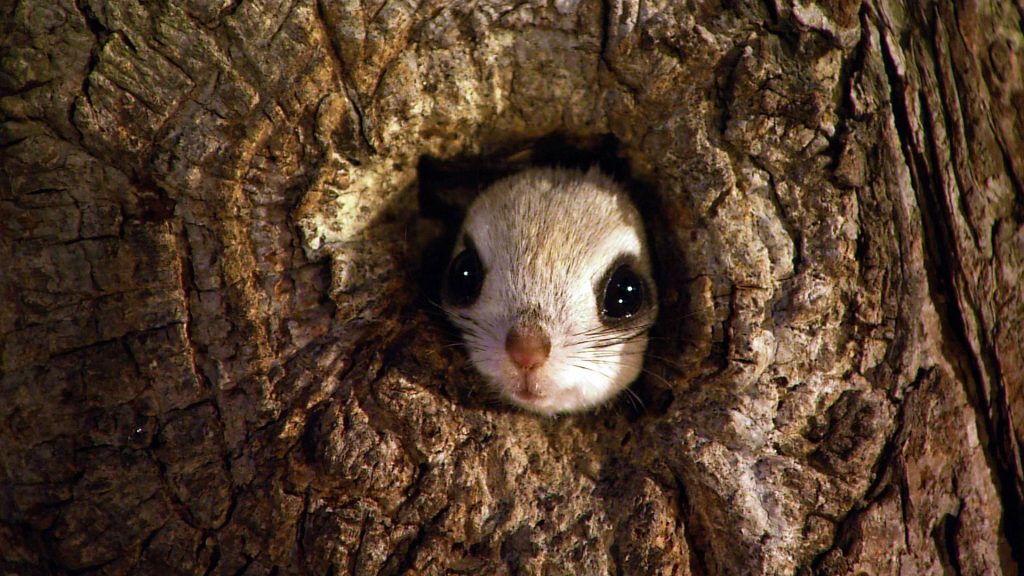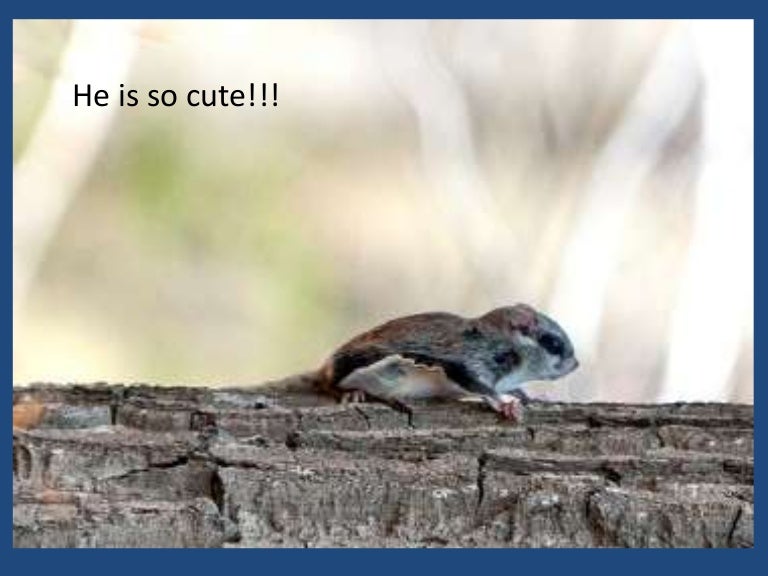

These studies found support that flying squirrels originated 18–20 million years ago, are monophyletic, and have a sister relationship with tree squirrels. This debate was clarified greatly as a result of two molecular studies. Prior to the 21st century, the evolutionary history of the flying squirrel was frequently debated.
#FLYING SQUIRREL WHATSYOURSIGN SKIN#
They have a membrane of skin on each side of their body.

These mammals can glide through the trees they do not actually fly (like birds and bats). The colugos, Petauridae, and Anomaluridae are gliding mammals which are similar to flying squirrels through convergent evolution. The tail acts as an adjunct airfoil, working as an air brake before landing on a tree trunk. It has a fluffy tail that stabilizes in flight. The wrist also changes the tautness of the patagium, a furry parachute-like membrane that stretches from wrist to ankle. After being extended, the wing tip may adjust to various angles, controlling aerodynamic movements. This cartilage along with the manus forms a wing tip to be used during gliding. Possible origins for the styliform cartilage have been explored, and the data suggests that it is most likely homologous to the carpal structures that can be found in other squirrels. This specialized cartilage is only present in flying squirrels and not other gliding mammals. There is a cartilage projection from the wrist that squirrel holds upwards during a glide. The direction and speed of the animal in midair are varied by changing the positions of its limbs, largely controlled by small cartilaginous wrist bones. They are capable of obtaining lift within the course of these flights, with flights recorded to 90 metres (300 ft). įlying squirrels are not capable of flight like birds or bats instead, they glide between trees. Some captive-bred southern flying squirrels have become domesticated as small household pets, a type of " pocket pet". They are cared for by their mother and by five weeks are able to practice gliding skills so that by ten weeks they are ready to leave the nest. The young are born in a nest and are at first naked and helpless. Most are nocturnal and omnivorous, eating fruit, seeds, buds, flowers, insects, gastropods, spiders, fungi, bird's eggs and tree sap. The genus Paracitellus is the earliest lineage to the flying squirrel dating back to the late Oligocene era. Molecular studies have shown that flying squirrels are monophyletic and originated some 18–20 million years ago.

Flying squirrels are able to steer and exert control over their glide path with their limbs and tail. Anatomically they are very similar to other squirrels with a number of adaptations to suit their lifestyle their limb bones are longer and their hand bones, foot bones, and distal vertebrae are shorter. Their long tails also provide stability as they glide.
#FLYING SQUIRREL WHATSYOURSIGN FULL#
Despite their name, they are not in fact capable of full flight in the same way as birds or bats, but they are able to glide from one tree to another with the aid of a patagium, a furred parachute-like skin membrane that stretches from wrist to ankle. Northern flying squirrel ( Glaucomys sabrinus)įlying squirrels (scientifically known as Pteromyini or Petauristini) are a tribe of 50 species of squirrels in the family Sciuridae.


 0 kommentar(er)
0 kommentar(er)
